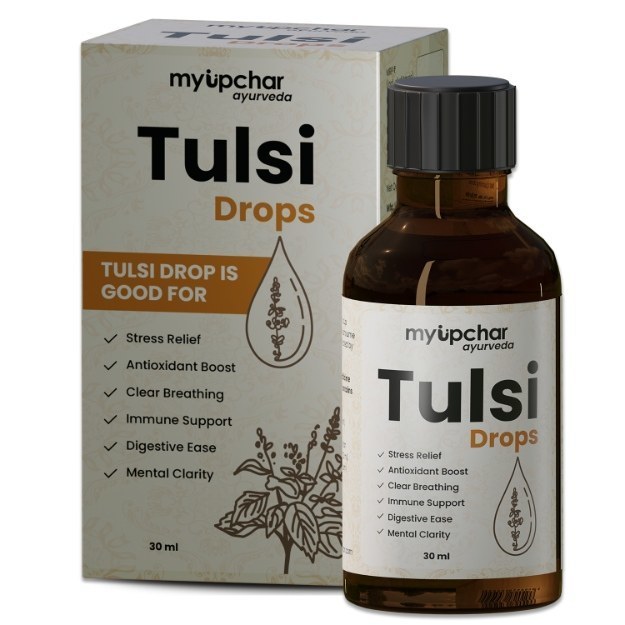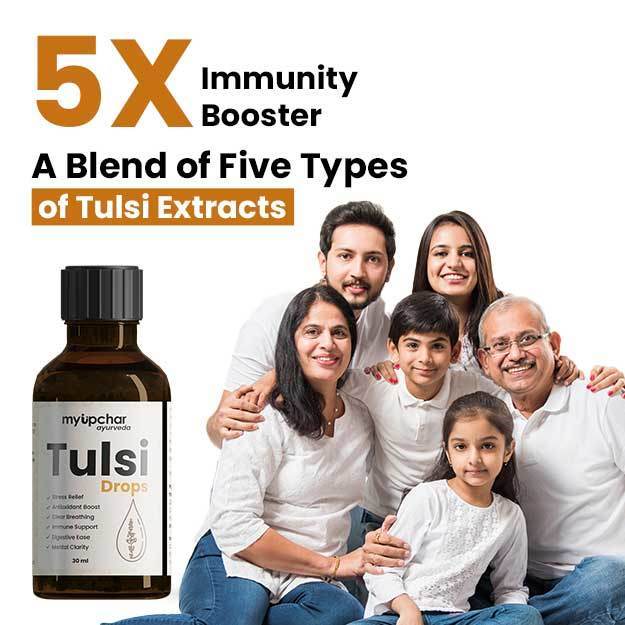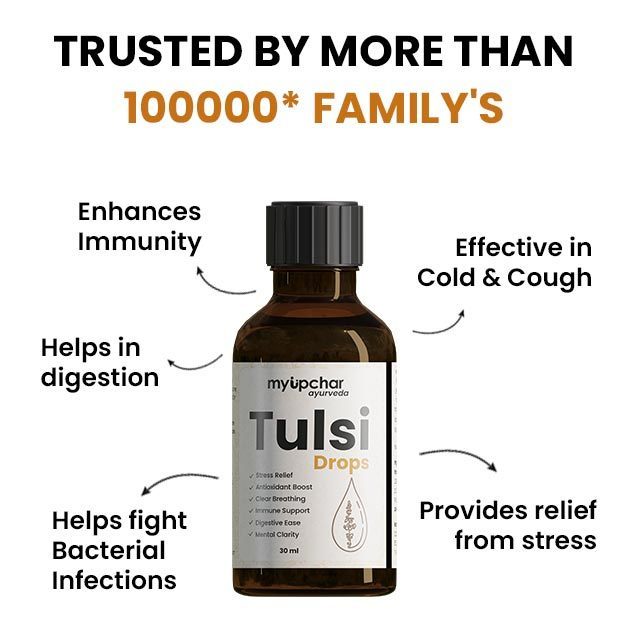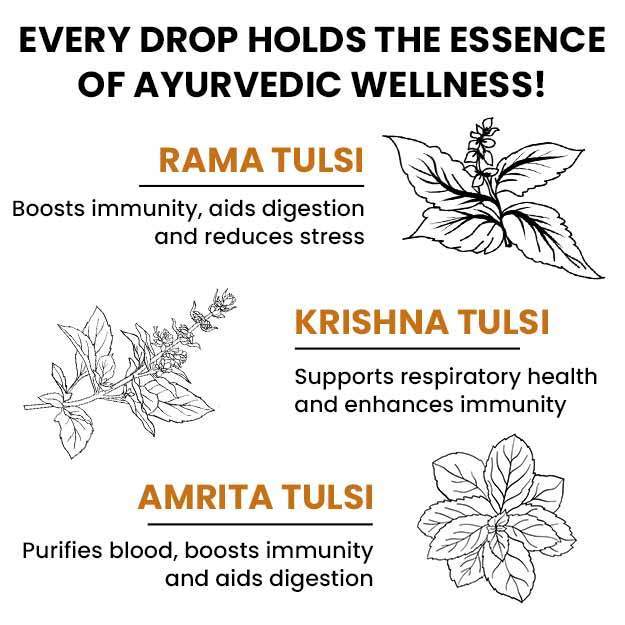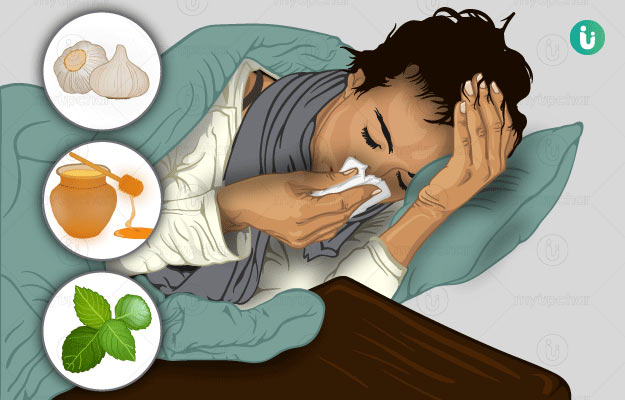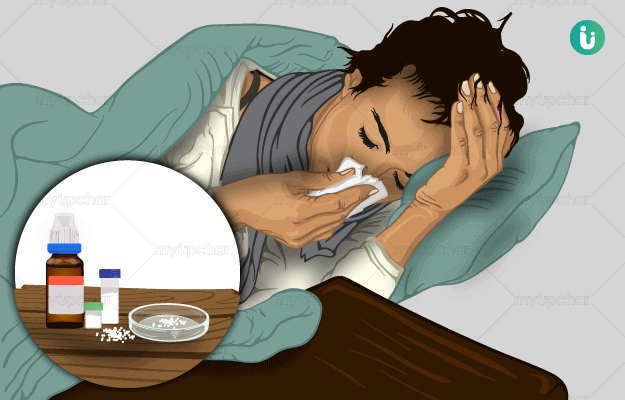We have all been laid low by it and continue to do so even today. The common cold is a viral infection that can be caused by 200 types of viruses affecting the nose and the throat. Rhinovirus is the most common virus that causes the common cold.
A person suffering from a cold presents symptoms like a runny or stuffy nose, sore throat, sneezing, congestion, headache, mild fever and body ache. These symptoms usually disappear within 7-10 days, but they can be annoyingly persistent and even worsen if you ignore them.
The usual diet is difficult to continue during a common cold; there is a loss of appetite and even the sense of taste is compromised, and one tends to stick to easily digestible food items. There are certain food items that are recommended during cold, like soups, teas, citrus fruits and ginger, as they regulate the temperature and also boost the immune system.
If a cold persists for more than 10 days in a person with a weak immune system or underlying respiratory condition, it can be a sign of serious illnesses like bronchitis, pneumonia or the flu. Daily habits like smoking, drinking alcohol or consumption of oily food can worsen the cold and extend the period of recovery.
What to eat when you have a cold
There are certain food items that can help in speeding up the recovery period of cold in an individual:
Chicken soup: A tasty warming soup is ideal for the cold winters. A hot chicken soup not only calms your tastebuds but also acts as a remedy for upper respiratory tract infections.
Studies have proved that chicken soup has the ability to reduce the flow of neutrophils (a type of white blood cells seen in blood during infection) in the body. It also acts as a mild anti-inflammatory agent.
The aroma of hot chicken soup is sensed by the posterior nares of the nose, and the nutrients of the chicken help in increasing the flow of nasal mucus, thus clearing the stuffy nose.
Garlic: Garlic is a medicinal herb used for ages, not only enhancing the taste of food but is also therapeutic. Regular intake of garlic enhances the immune system and prevents catching a cold.
Allicin is the sulfur-containing compound that gives garlic its typical smell and taste when freshly cut or crushed. Allicin has antimicrobial and anti-viral properties that help in fighting against viral infections like the common cold.
Cinnamon: Cinnamon is densely packed with antioxidants and anti-inflammatory properties. It relieves the signs of inflammation in the nasal passage and throat. The antioxidants in the cinnamon help in destroying the free radicals which usually damage vital cell structures and delay recovery.
You can add a pinch of cinnamon to your cup of tea/coffee or you can also add it to your bowl of oats. Cinnamon oat cookies also taste delicious and help you fight the cold.
Hot tea: It is a well-known fact that a hot cup of tea helps in relieving cold and a sore throat. Tea helps in decreasing the thickness of the nasal mucus, easing the stuffy nose. Polyphenols in green tea are a reservoir of antioxidants, which help in faster recovery. Echinacea tea has also been associated with treating symptoms of a cold. Sipping on a cup of piping hot tea not only treats your congestion, but also provides hydration to the body.
Honey: Honey has plenty of medicinal properties. Studies have shown that honey suppresses cough in both young and old patients. It can act as an additional treatment for mucositis (ulceration of the membrane of the digestive tract), childhood cough, persistent post-infectious cough and after tonsillectomy (removal of tonsils). Honey also contains antimicrobial properties and is useful for preventing the progression of inflammation in the body.
Ginger: Ginger has been used as a medicinal herb since ancient times, containing antioxidant and anti-inflammatory properties which make it a valuable therapeutic agent. A hot cup of ginger tea can soothe a sore throat, coughing and provides relief for a runny nose.
Chilli peppers: This may sound a bit odd, but the consumption of chillies helps in recovering from a cold. Capsaicin in chilli peppers acts as a natural decongestant and thins out the mucus, thus allowing it to flow out in the case of a stuffy nose. Use of capsaicin powder in food also relieves cough allergies. Consuming too many chilli peppers, however, can have adverse effects on the stomach.
Citrus fruits: Citrus fruits like lemon, grapefruit, greek citron, lime, orange and tangerine are rich in vitamin C and antioxidants. They don’t cure a cold completely, but the soft white layer on these fruits contain flavonoids that help in boosting the immune system and speed up recovery.
Yoghurt: Yoghurt is a probiotic (live bacterias and yeasts that improve gut health) and rich in protein, calcium, phosphorus and vitamin B. It helps in boosting the immune system, thus preventing the chances of getting sick. Studies have also shown that children who were given probiotics during an illness tend to recover quicker.
What not to eat when you have a cold
Avoiding certain food items during a cold can speed up the recovery process, and here are some of the things you should avoid in such situations:
Alcohol consumption: Alcohol causes dehydration in the body which can present in the form of a high fever. Drinking alcohol can also worsen chest congestion. Also, if you are taking any antibiotics for a throat inflammation, ingesting alcohol alongside it can lead to dire consequences.
Dairy products: You should avoid consumption of dairy items because dairy thickens the phlegm (thick, white mucus produced by the lungs), resulting in increased congestion.
Oily and processed food: Oily and processed foods like cheese, sausages, rolls, pies, bacon and sausage can increase inflammation in the body and also increase congestion. You must avoid oily and processed food while suffering from a cold.
References
- Bayan L, Koulivand PH, Gorji A. Garlic: a review of potential therapeutic effects. Avicenna J Phytomed. 2014 Jan;4(1):1-14. PMID: 25050296; PMCID: PMC4103721.
- Borlinghaus J, Albrecht F, Gruhlke MC, Nwachukwu ID, Slusarenko AJ. Allicin: chemistry and biological properties. Molecules. 2014 Aug 19;19(8):12591-618. doi: 10.3390/molecules190812591. PMID: 25153873; PMCID: PMC6271412.
- Lissiman E, Bhasale AL, Cohen M. Garlic for the common cold. Cochrane Database Syst Rev. 2014 Nov 11;2014(11):CD006206. doi: 10.1002/14651858.CD006206.pub4. PMID: 25386977; PMCID: PMC6465033.
- Rao PV, Gan SH. Cinnamon: a multifaceted medicinal plant. Evid Based Complement Alternat Med. 2014;2014:642942. doi: 10.1155/2014/642942. Epub 2014 Apr 10. PMID: 24817901; PMCID: PMC4003790.
- Karsch-Völk M, Barrett B, Kiefer D, Bauer R, Ardjomand-Woelkart K, Linde K. Echinacea for preventing and treating the common cold. Cochrane Database Syst Rev. 2014 Feb 20;2(2):CD000530. doi: 10.1002/14651858.CD000530.pub3. PMID: 24554461; PMCID: PMC4068831.
- Goldman RD. Honey for treatment of cough in children. Can Fam Physician. 2014 Dec;60(12):1107-8, 1110. PMID: 25642485; PMCID: PMC4264806.





